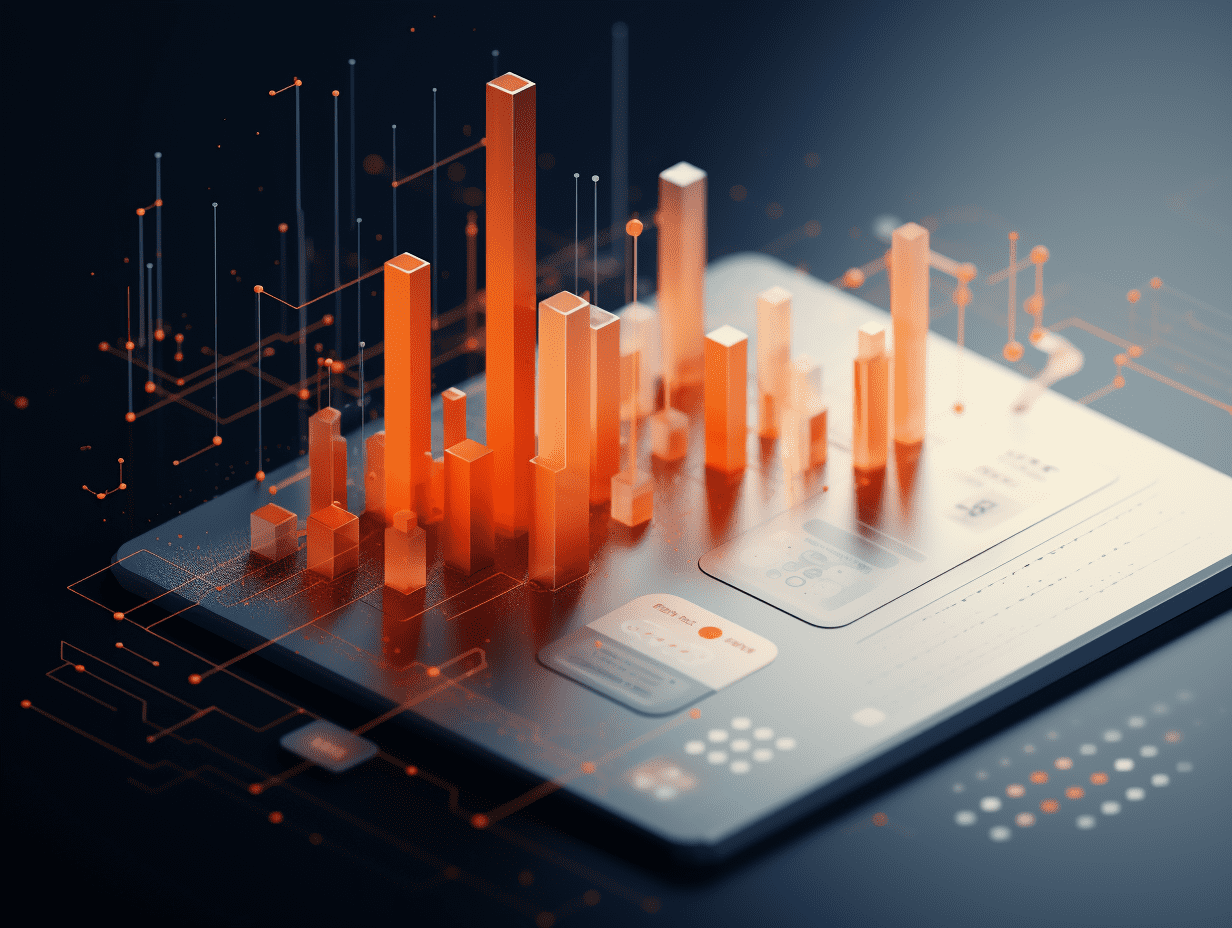Goldman Sachs traders who accurately predicted the "April rebound" say that calling the top is difficult, and they expect U.S. stocks to continue slowly rising.
For investors, the key impact is: they should continue to adhere to the trend of slow market rise. However, considering that the valuation is high and the volatility is low, it is wise to take some hedging or "insurance" measures. Schiffrin's core judgment is that "predicting the top is very difficult". Instead of risking guessing the top, it is better to wait for the market trend to confirm a downturn before taking action.
In April, Goldman Sachs' top trader Josh Schiffrin, who accurately predicted a major rebound in the US stock market when the market was at its most pessimistic, has spoken again. He believes that although there are bubbles in some areas, the upward trend of the US stock market is not over yet.
For investors, the key impact is: they should continue to follow the slow upward trend of the market, but considering that valuations are high and volatility is low, taking some hedging or "insurance" measures is a wise move. Schiffrin's core judgment is that "predicting the top is very difficult", and instead of risking guessing the top, it is better to wait for the market trend to confirm the downturn before taking action.
In addition, he specifically pointed out that the Fed's 25 basis point rate cut in September is "set in stone"; in the long run, the average federal funds rate over the next 5 years will be below 3%, so he favors 5-year US Treasury bonds. Different from the mainstream market view, he believes that the likelihood of a rate hike by the Bank of Japan in October is underestimated. At the same time, he insists that the US dollar will return to a structural depreciation path, and its traditional safe-haven status may be shaken.
Fed Policy: 25 basis point rate cut in September is a done deal
Goldman Sachs' Chief Risk Officer Josh Schiffrin believes that the Fed's rate cut in September is almost certain. However, he also pointed out that the possibility of a 50 basis point rate cut is very slim. His reasoning is that compared to last September, the current federal funds rate is closer to the Fed's perceived "neutral rate" level; at the same time, tariffs and survey-based inflation expectations still pose inflation risks.
Schiffrin also mentioned that at the June meeting, the Fed's median forecast for the fourth quarter of 2025 unemployment rate was 4.5%, indicating that policymakers have foreseen softness in the labor market. Therefore, he expects the Fed to cut rates by 25 basis points, and the focus of the ensuing debate will be on the pace of future rate cuts. He believes that Fed Chairman Powell's overall message will be: cautiously loosen policy restrictions given the new risks facing the labor market, but will closely monitor data to assess subsequent actions.
Bond Market: Bullish on 5-year US Treasury bonds, long-term rates will decline
Schiffrin's views have subtly shifted in bond strategy. He was once a staunch advocate of "steepening the curve" (betting on the widening of the spread between long-term and short-term bond yields), but now he is more inclined to go long on 5-year US Treasury bonds.
His basis for this judgment is his prediction that "the average federal funds rate over the next 5 years will be below 3%", and he believes that the likelihood of this rate average being above 4% is very low. Based on this, he finds 5-year US bonds attractive in the 3.75% to 4% yield range. In addition, he believes that if the economy weakens, short-term government bonds will provide effective hedge for risk assets in a portfolio, something that he lacks confidence in for the US dollar.
Bank of Japan: Market underestimates rate hike risk in October
Another strong opinion of Schiffrin in the interest rate market comes from Japan, where he believes that the market severely underestimates the possibility of a rate hike by the Bank of Japan (BOJ) in October. This is a non-consensus view in the market and as such, he believes there is a good risk-return opportunity embedded in it.
He analyzed that the current global risk market is at a high, trade uncertainty has greatly diminished, the yen exchange rate is relatively weak, and Japan's real interest rates are deeply negative, all of which creates a "window of opportunity" for the BOJ to take action. He believes that action in September was too early, but the meeting in October as an outlook for the economy could provide a timely opportunity.
US Dollar: Structural depreciation trend will resume
Regarding the US dollar, Schiffrin continues to believe that it is on a path of structural depreciation. Although the recent trend of the dollar has stalled, he expects the depreciation trend to resume.
Reasons he supports the bearish view on the dollar include: the need for the US to finance its massive budget deficit, the still relatively high valuation of US dollar-denominated assets, and the expected narrowing of interest rate differentials between the US and other economies. A crucial factor is correlation - he believes that in times of market pressure, the US dollar may no longer be a reliable safe haven and may even weaken simultaneously during a market downturn.
Outlook for US Stocks: Upward trend but watch out for high valuations
Schiffrin's outlook on US stocks is cautiously optimistic. He acknowledges that the current market trend still seems to be upward, driven mainly by a strong economy, reduced trade policy uncertainty, upcoming monetary policy easing, and continued enthusiasm for artificial intelligence (AI).
However, he also points out the risks: "although some areas of the market may have some bubbles", and "overall valuations are very high". In the current situation where the implied volatility is low, his direct advice is that "buying some insurance is reasonable". His advice of "calling tops is hard - better to go with the break lower, if and when it comes" succinctly summarizes his operational strategy for the current market.
Source: Wall Street News, Author: Pan Lingfei, GMTEight Editor: Chen Qiuda
Related Articles

Why have "Trump tariffs" not increased American inflation? This explanation is increasingly being accepted by more and more people.

Citigroup underwrites the first "Ukraine Reconstruction Bond," "the biggest opportunity in the bond market in the coming years," Wall Street can't wait?

Morgan Stanley predicts that at the Jackson Hole Federal Reserve meeting next week, Powell will "hawkish" and resist market expectations of a rate cut.
Why have "Trump tariffs" not increased American inflation? This explanation is increasingly being accepted by more and more people.

Citigroup underwrites the first "Ukraine Reconstruction Bond," "the biggest opportunity in the bond market in the coming years," Wall Street can't wait?

Morgan Stanley predicts that at the Jackson Hole Federal Reserve meeting next week, Powell will "hawkish" and resist market expectations of a rate cut.

RECOMMEND

Trump Administration Explores Government Equity Investment in Intel; Shares Soar Nearly 9%
15/08/2025

Inflation “Off the Charts”: U.S. July Producer Prices Surge 0.9% Month-on-Month, 3.3% Year-on-Year
15/08/2025

World Humanoid Robot Games Debut with Competitions in Soccer, Combat, Dance, and More
15/08/2025


